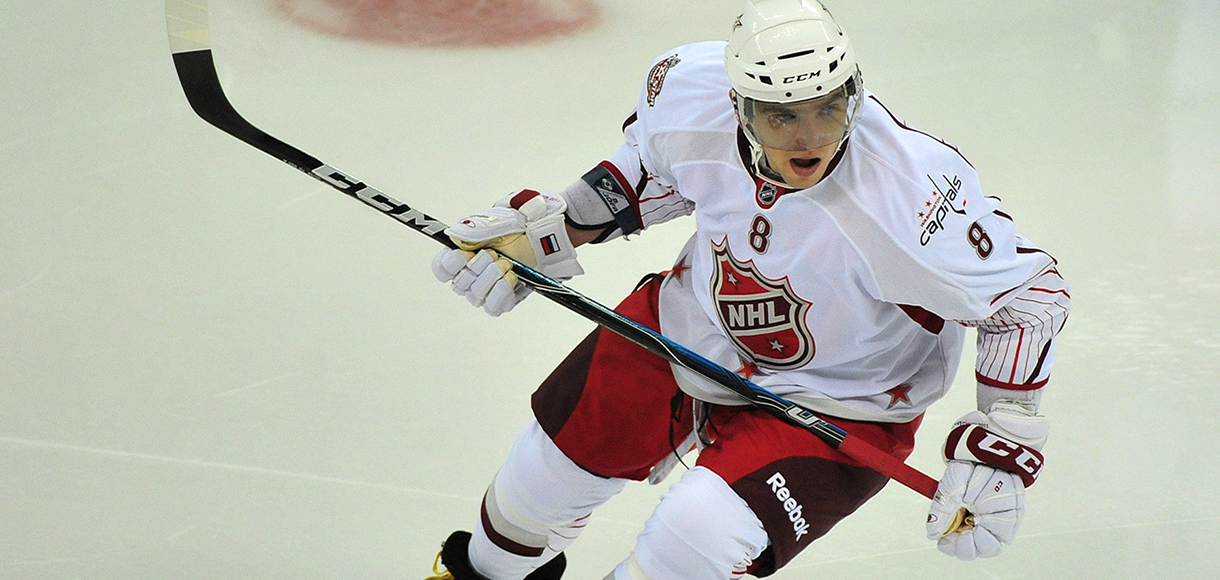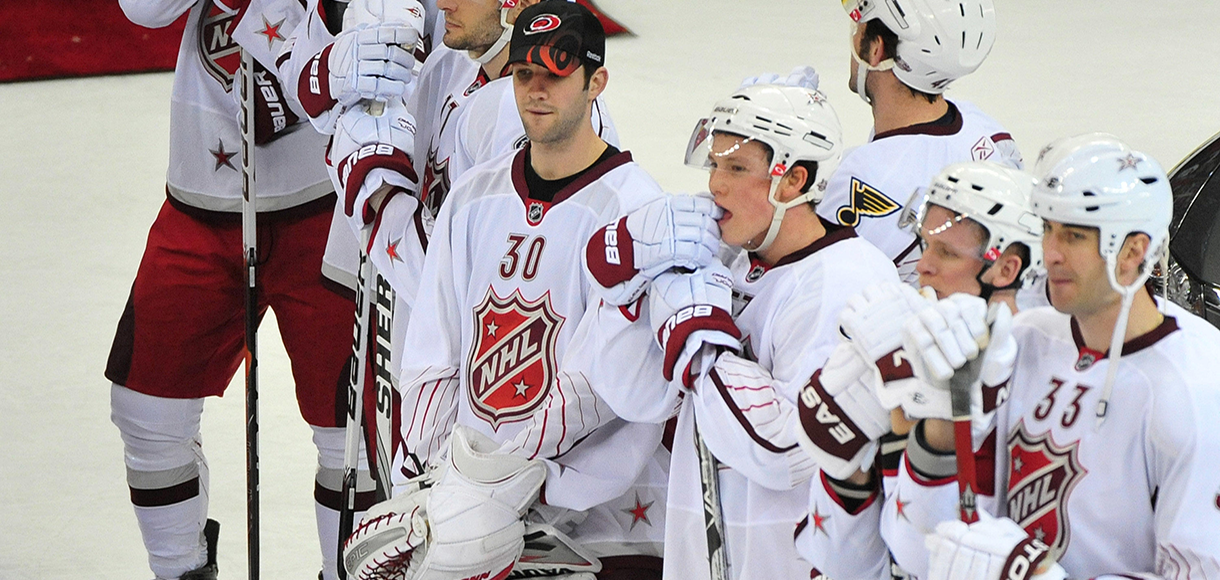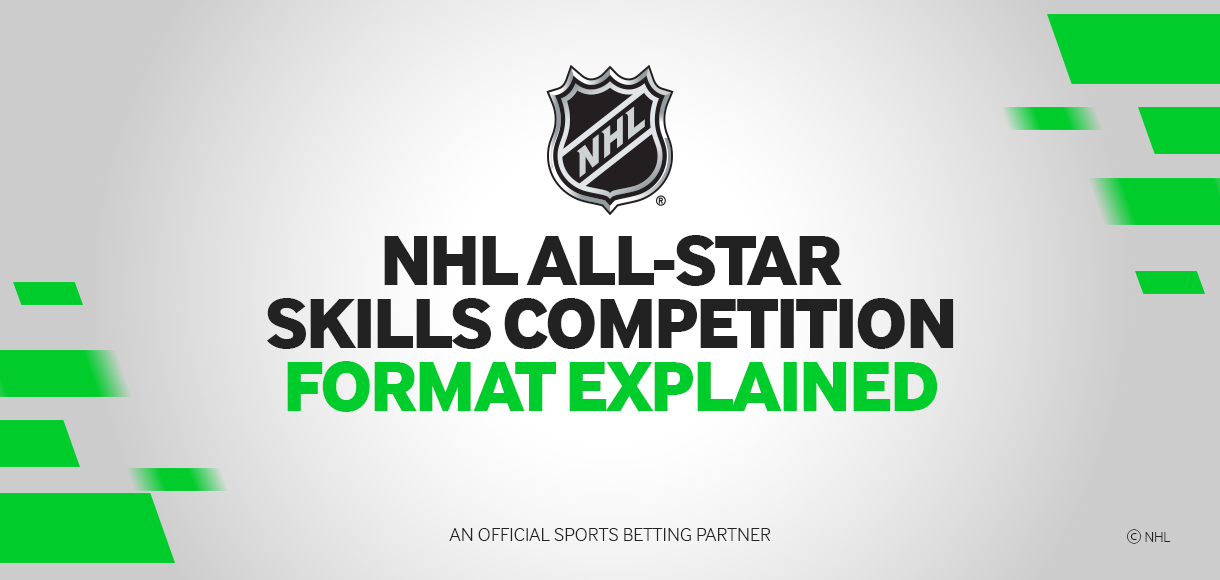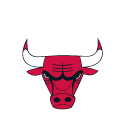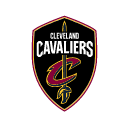Why the future looks ominous for the NHL's dirtiest teams
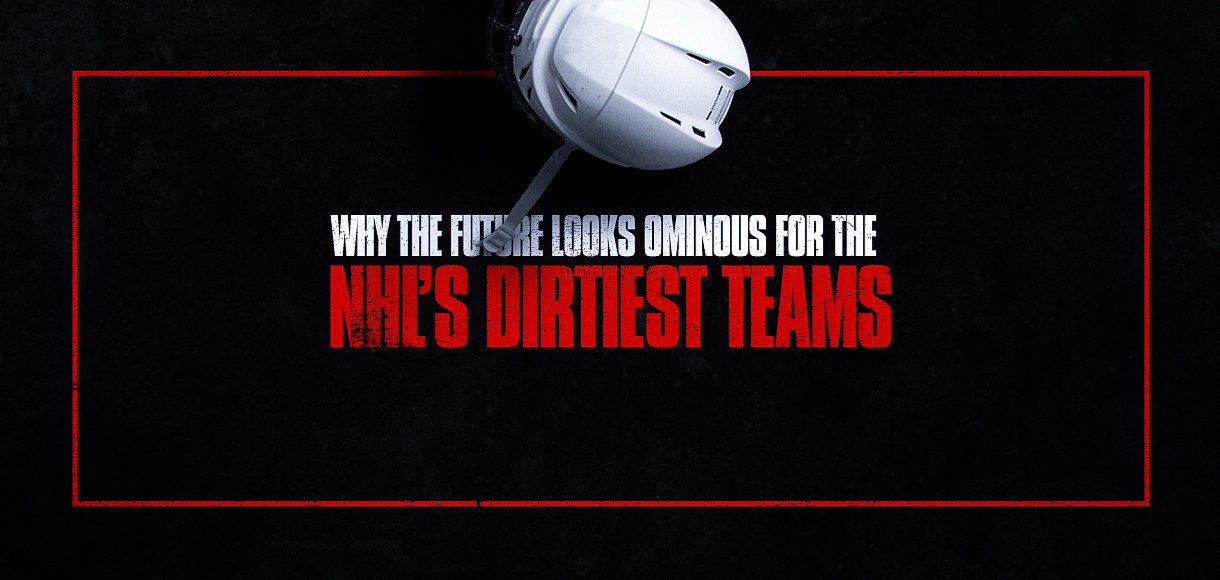
The NHL has a big decision to make in the coming years as fighting on the ice continues to fall to historic lows.
For as long as hockey has existed, there has been fighting on the ice.
Although its place in the sport has come into question in recent years, in-game combat remains a big part of the professional game in North America.
The NHL first officially regulated fighting – then known as fisticuffs – in 1922, five years after the league’s inaugural season, and thousands of fights have taken place on the ice since then.
Over the course of those 99 years, certain teams have developed a reputation for dirty play, and subsequently for engaging in fights.
The Boston Bruins and the Anaheim Ducks are regularly named by fans as being among dirtiest teams in the modern era.
But are those reputations deserved? In short, yes.
Since the 2010/11 season, no team has been involved in more fights than the Bruins, who have been handed 371 fighting majors in that time.
Boston also lead the league in instigator penalties during that period, being charged with starting 21 fights over the last 10 NHL seasons.
The Ducks have been charged with 363 fighting majors since 2010/11 – the second-highest tally in the NHL.
Anaheim, however, are not often the aggressor – at least officially – with just nine instigator penalties received over the last 10 seasons, putting them in the bottom half of NHL teams.
Other teams who are involved in fights regularly include the Ottawa Senators, Columbus Blue Jackets and Philadelphia Flyers, with 323, 316 and 309 fighting majors since 2010/11 respectively.
Both the Flyers and the Senators also start a lot of fights, with Philly charged with 15 instigator penalties and Ottawa with 18 in that period.
The New York Islanders and Florida Panthers are among the most aggressive teams in the NHL in the current era, being handed 19 and 15 instigator penalties since 2010/11.
Dirty play obviously extends beyond fighting, though, with Philadelphia spending 8,951 minutes in the penalty box since 2010, more than any other team.
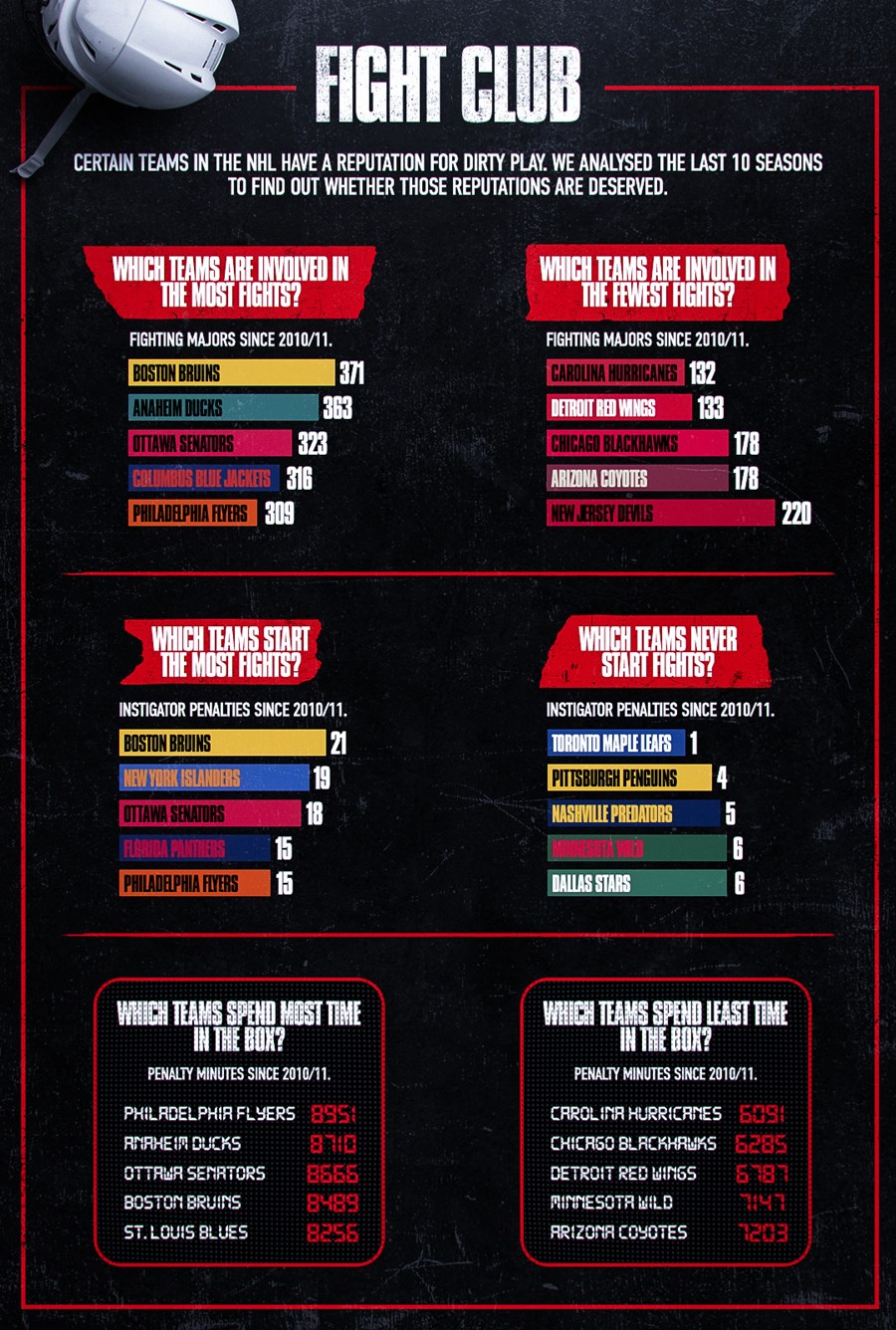
At the other end of the scale, the Carolina Hurricanes are the team involved in the fewest fights, with just 132 fighting majors since 2010/11.
Carolina also spend the least time in the penalty box in the NHL, receiving only 6,091 penalty minutes over the last 10 seasons.
The Detroit Red Wings have received just one fighting major more than the Hurricanes in that period, and have spent the third-least time in the box.
Also among the cleanest teams in the league are the Chicago Blackhawks and Arizona Coyotes, who rank in the bottom five for both fighting majors and penalty minutes.
Since 2010, no team has started fewer fights than the Toronto Maple Leafs, who have been charged with just one instigator penalty in 10 seasons.
Whether these stats confirm or deny fans’ suspicions about the dirtiest teams in the NHL, there is a bigger issue at stake for hockey here: does fighting have a future in the game?
This is a debate that has been raging for many years now, with opponents claiming it causes unnecessary injuries – particularly to the brain – wastes time, and detracts from the more skilful aspects of the sport.
Those who want fighting to remain in the NHL believe it helps deter other forms of dirty play by allowing players to police themselves, and provides protection for star players.
From the fans’ perspective, many believe that fighting makes hockey more entertaining, with some even attending games in the hope of seeing a scuffle break out.
Whatever your opinion on the issue, the statistics tell an ominous story for the future of fighting in hockey.
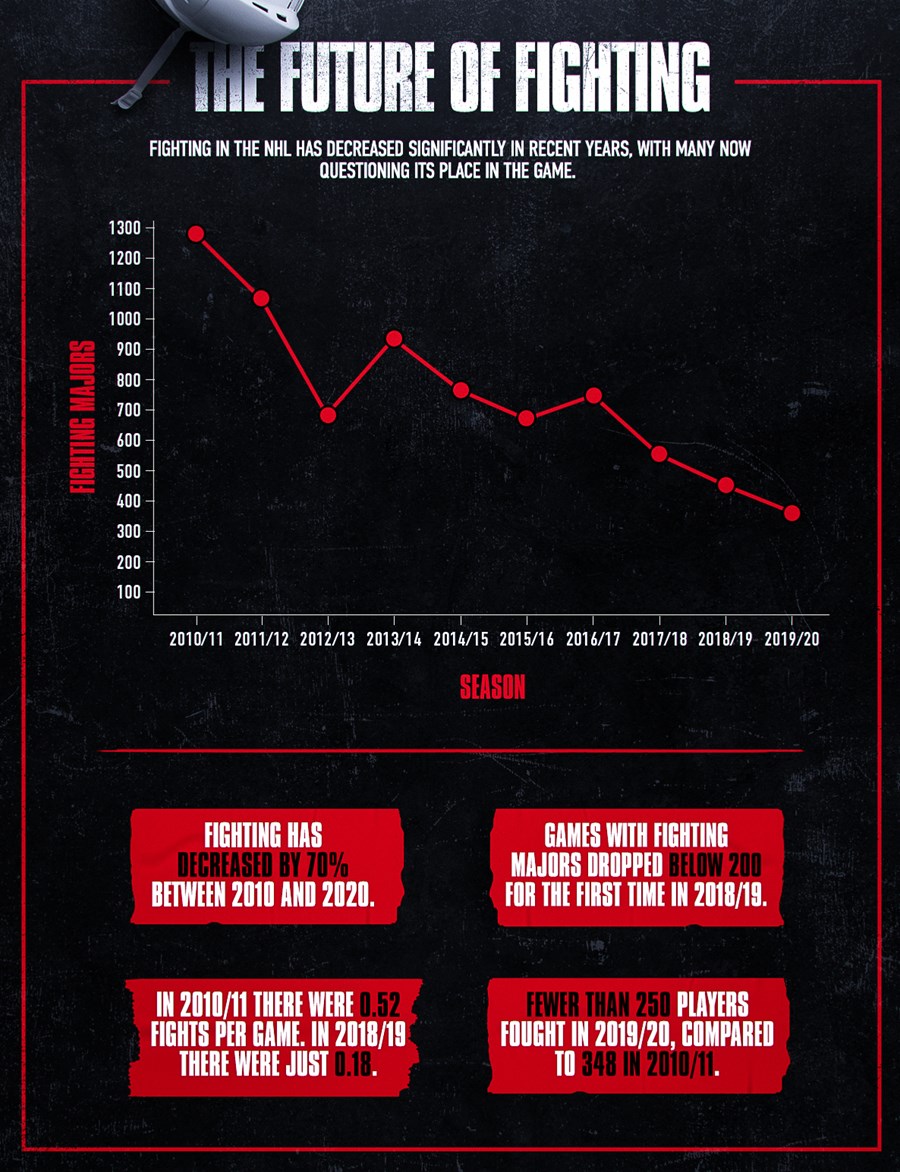
During the 2010/11 season, there was an average of more than one fight every two games – 0.52 per contest, to be exact.
In 2019/20, that figure had dropped to 0.18.
Overall, fighting in the NHL has decreased by 70 per cent over the last 10 years, with fighting majors going from 1,274 in 2010/11 to just 388 in 2019/20.
The 2018/19 season was the first season in modern times where fewer than 200 games saw a fighting major, with the 2019/20 campaign following suit.
It follows, too, that fewer players are getting involved in fights.
In 2010/11, a joint-record 348 players got into a scrap at some point during the season. Last year, fewer than 250 players dropped their gloves for a fight.
Every relevant statistic shows that fighting in the NHL is on the decrease, and there is nothing to suggest that pattern will stop any time soon.
What this means for the future of the league is uncertain, though.
Opponents will hope this hastens the exclusion of fighting from the sport altogether, while proponents may argue that fighting at a lower level is the best of both worlds – players are safer, with fans still getting the occasional thrill.
Should fighting eventually be banned, then the Bruins, the Ducks, and the NHL’s other combative sides face an uncertain period in which their playing style will have to change.
Whatever happens, one thing is for certain: the issue cannot be ignored for much longer.
The NHL is approaching a crossroads, and the direction decided upon may change hockey forever.












